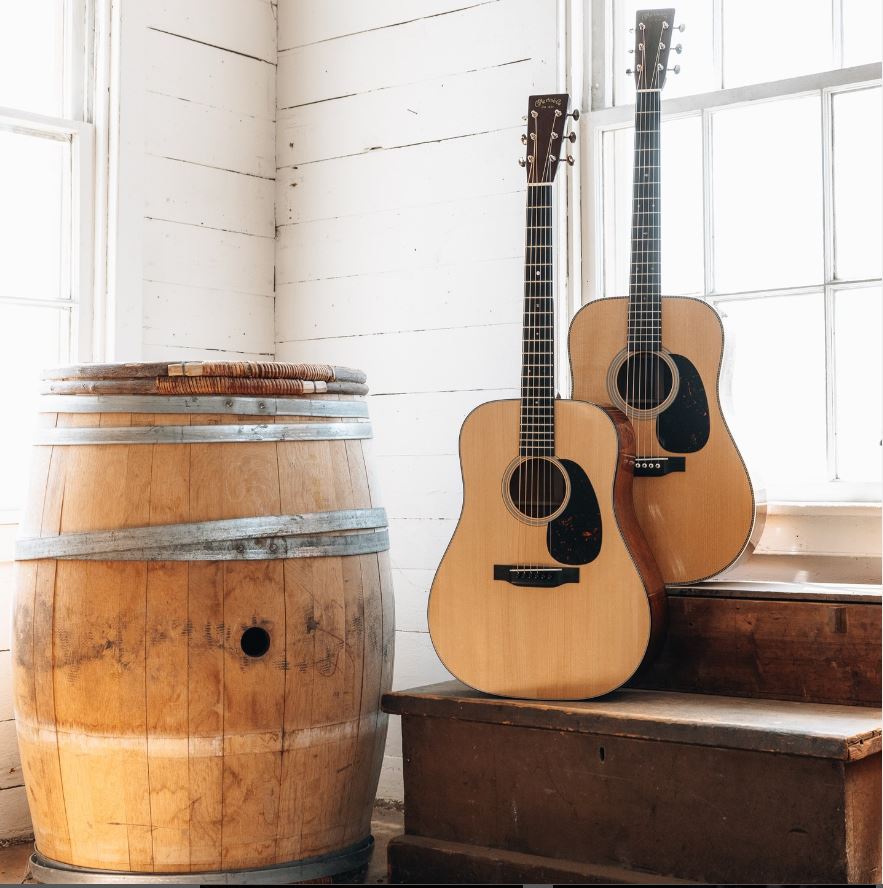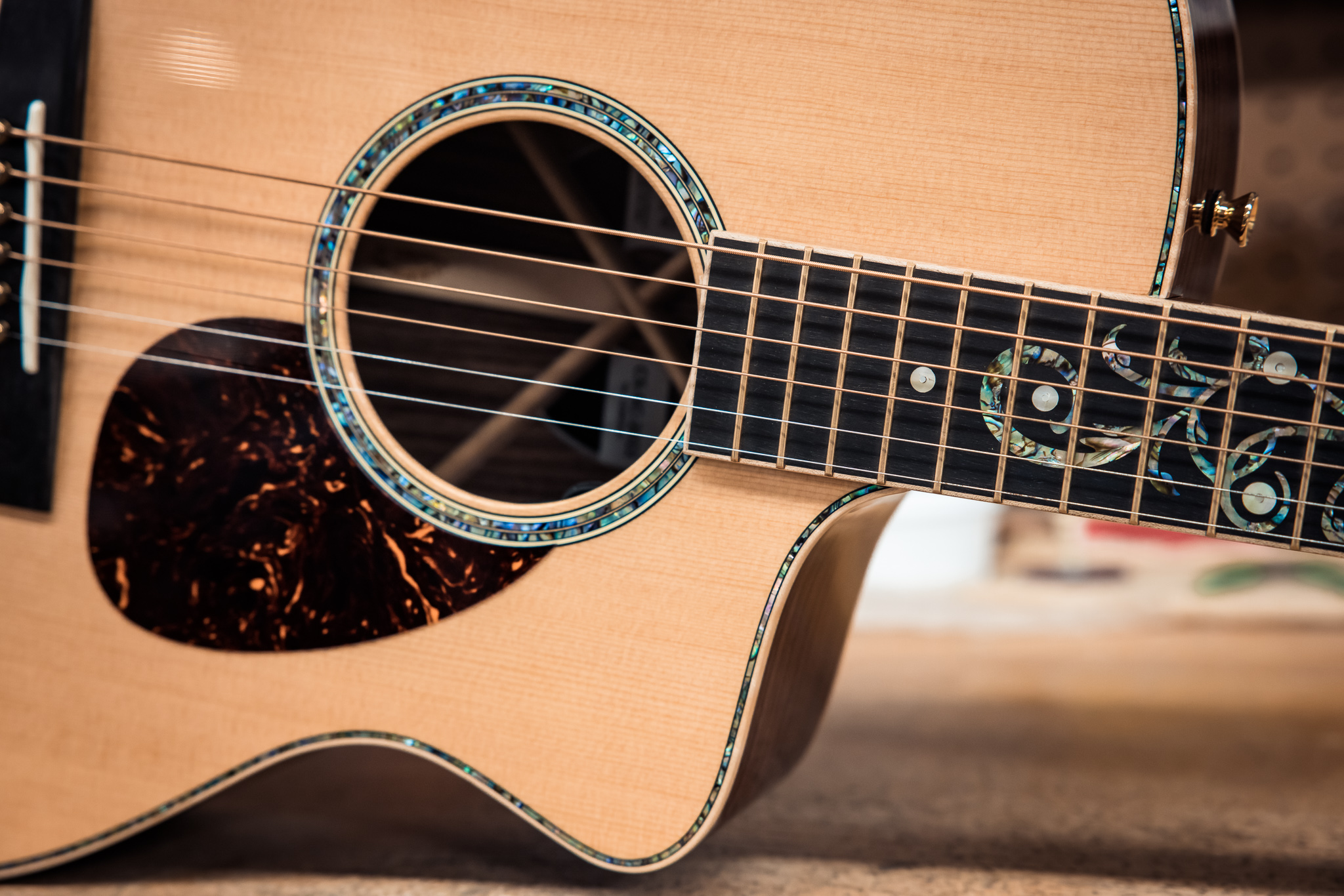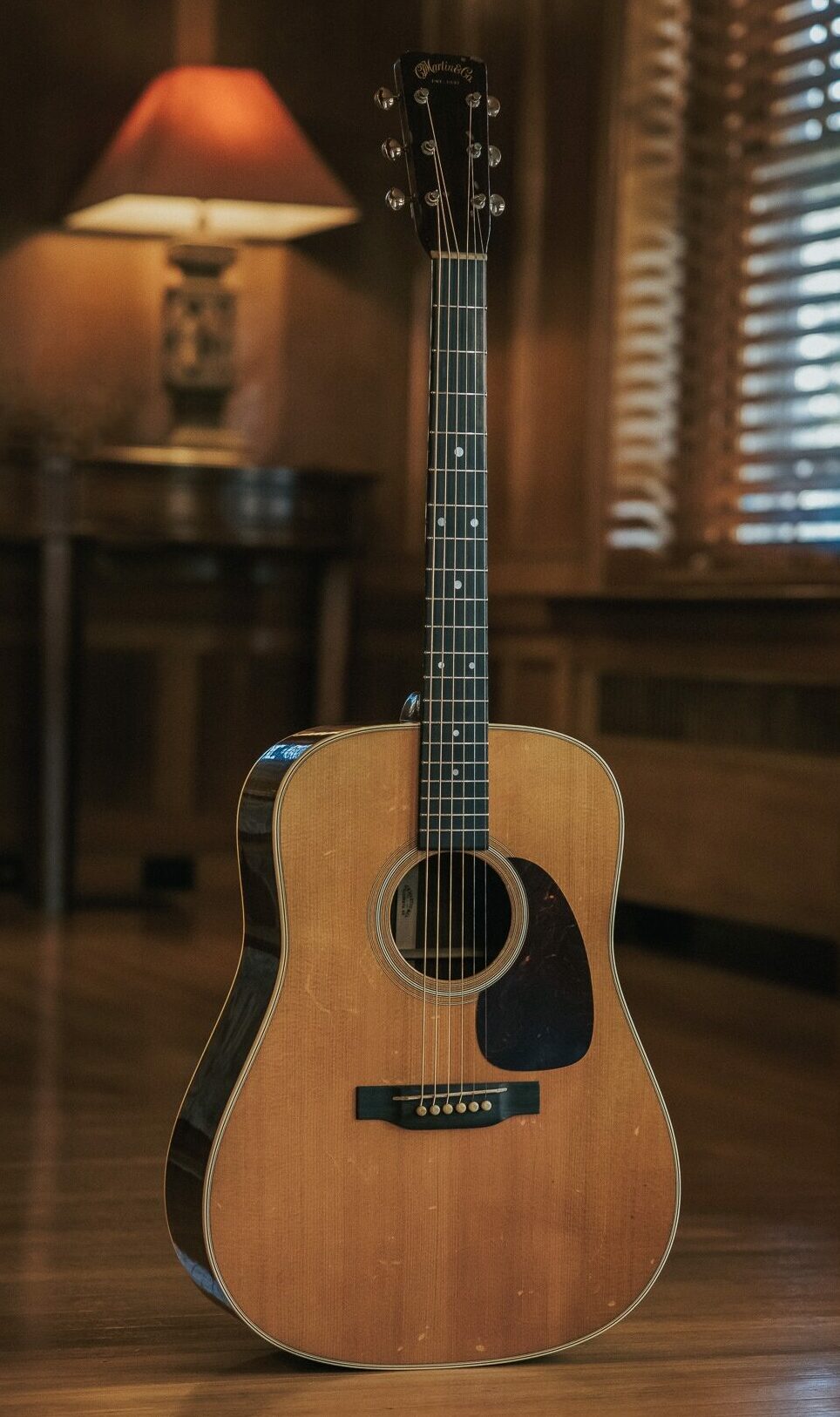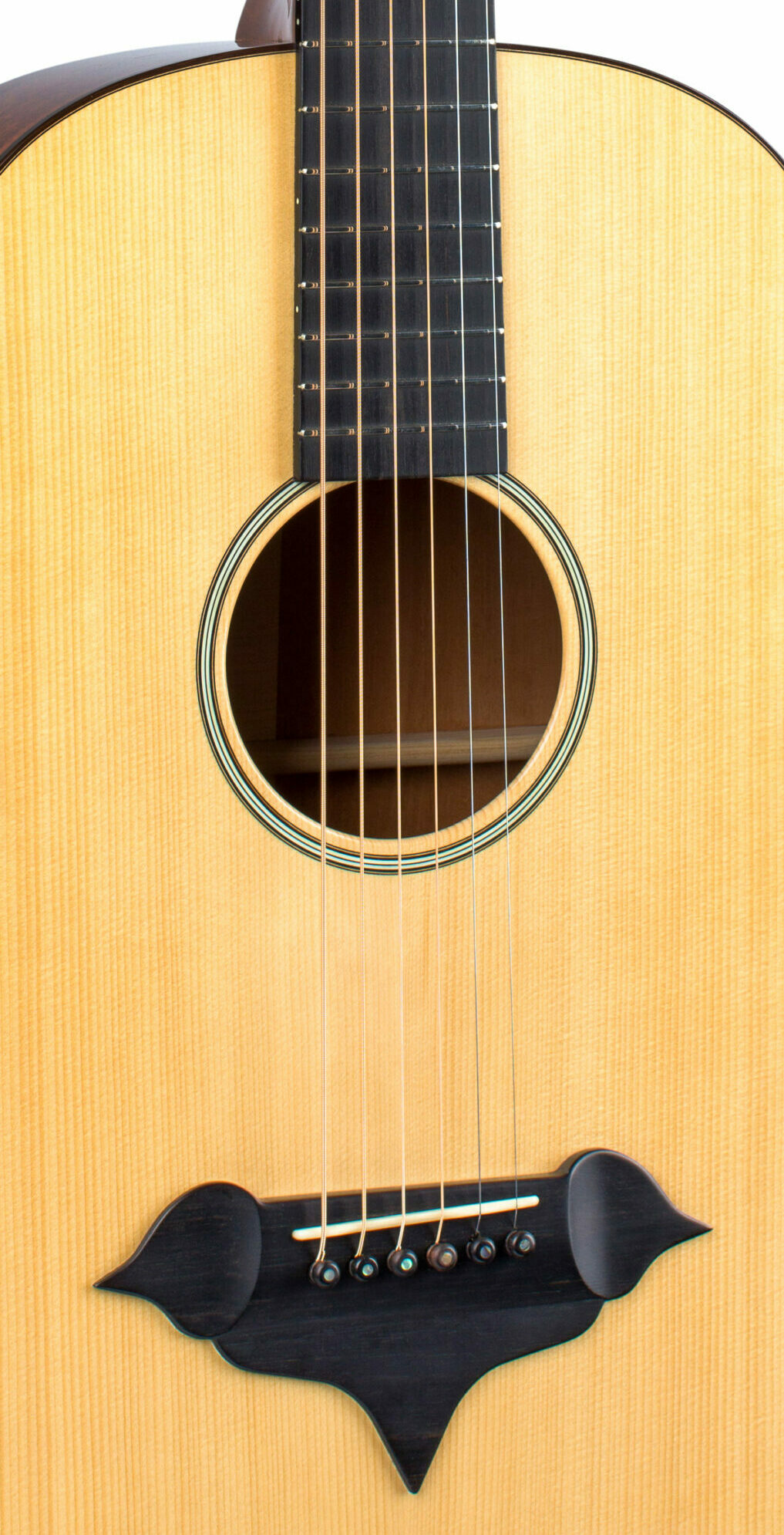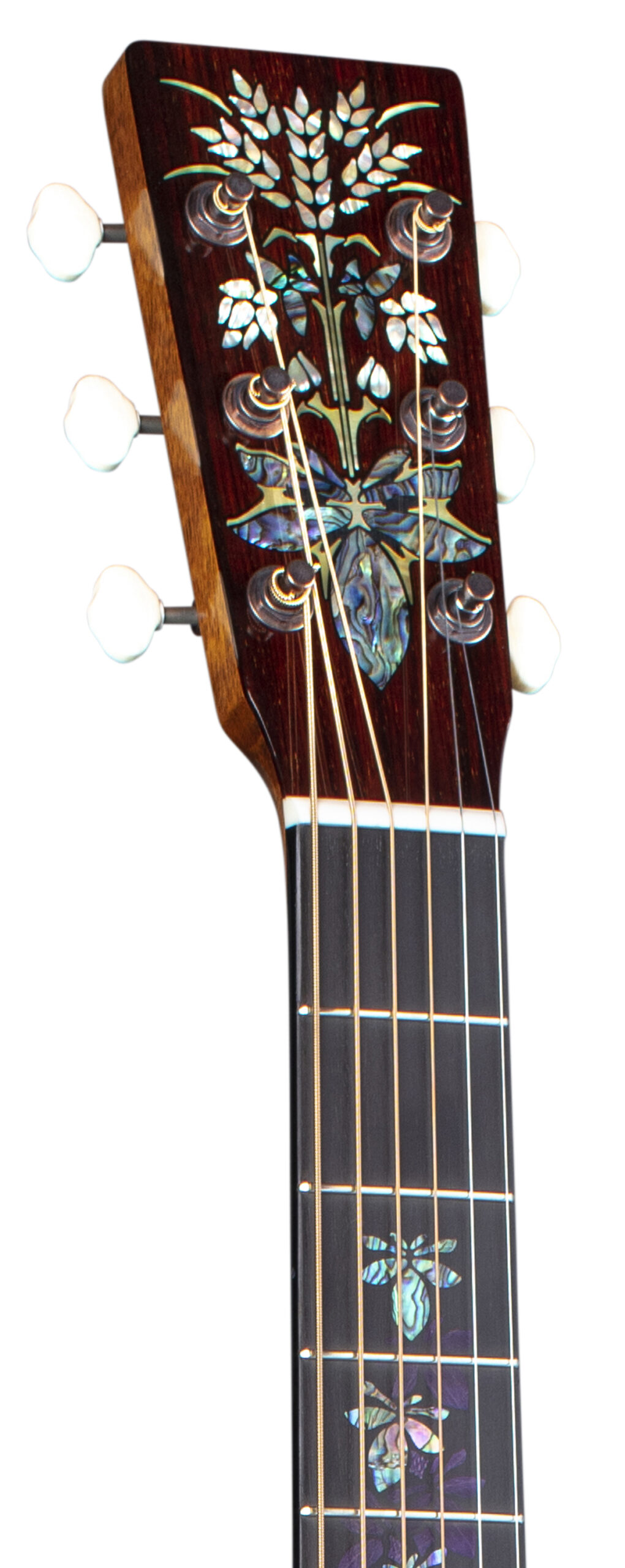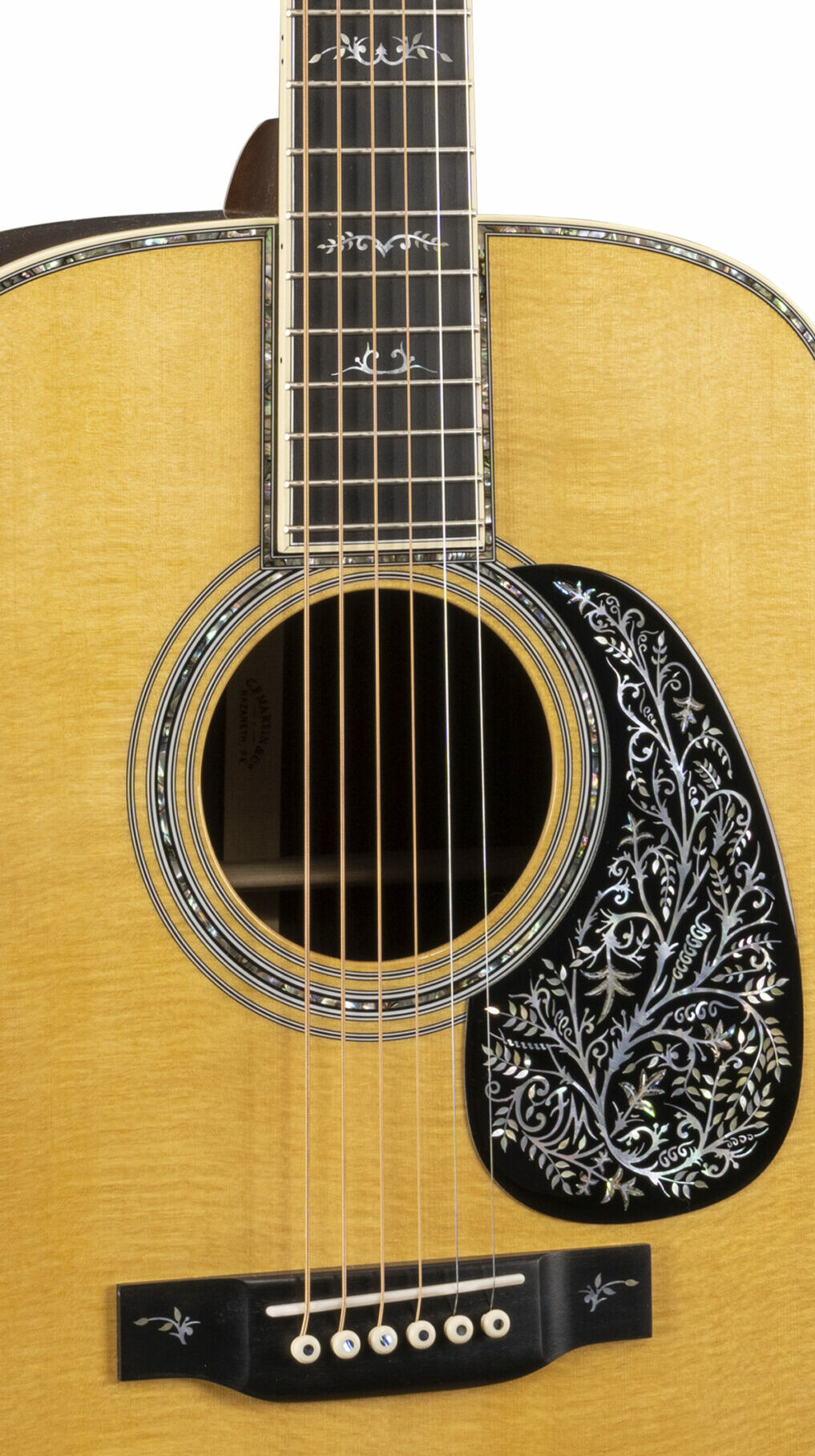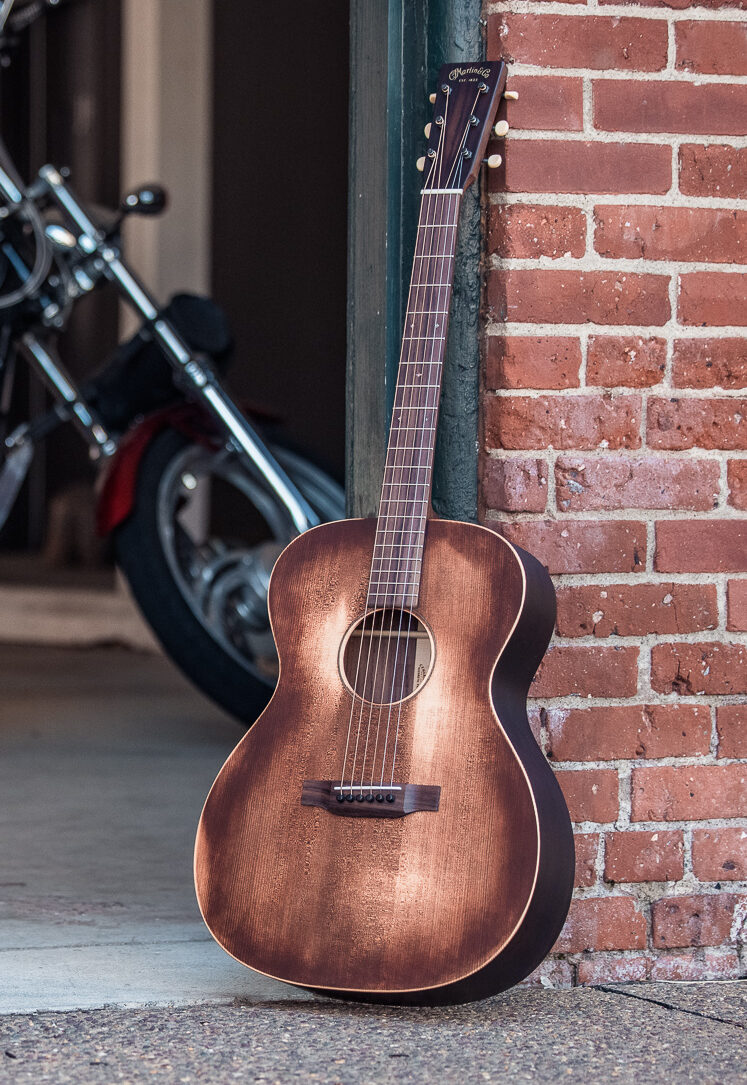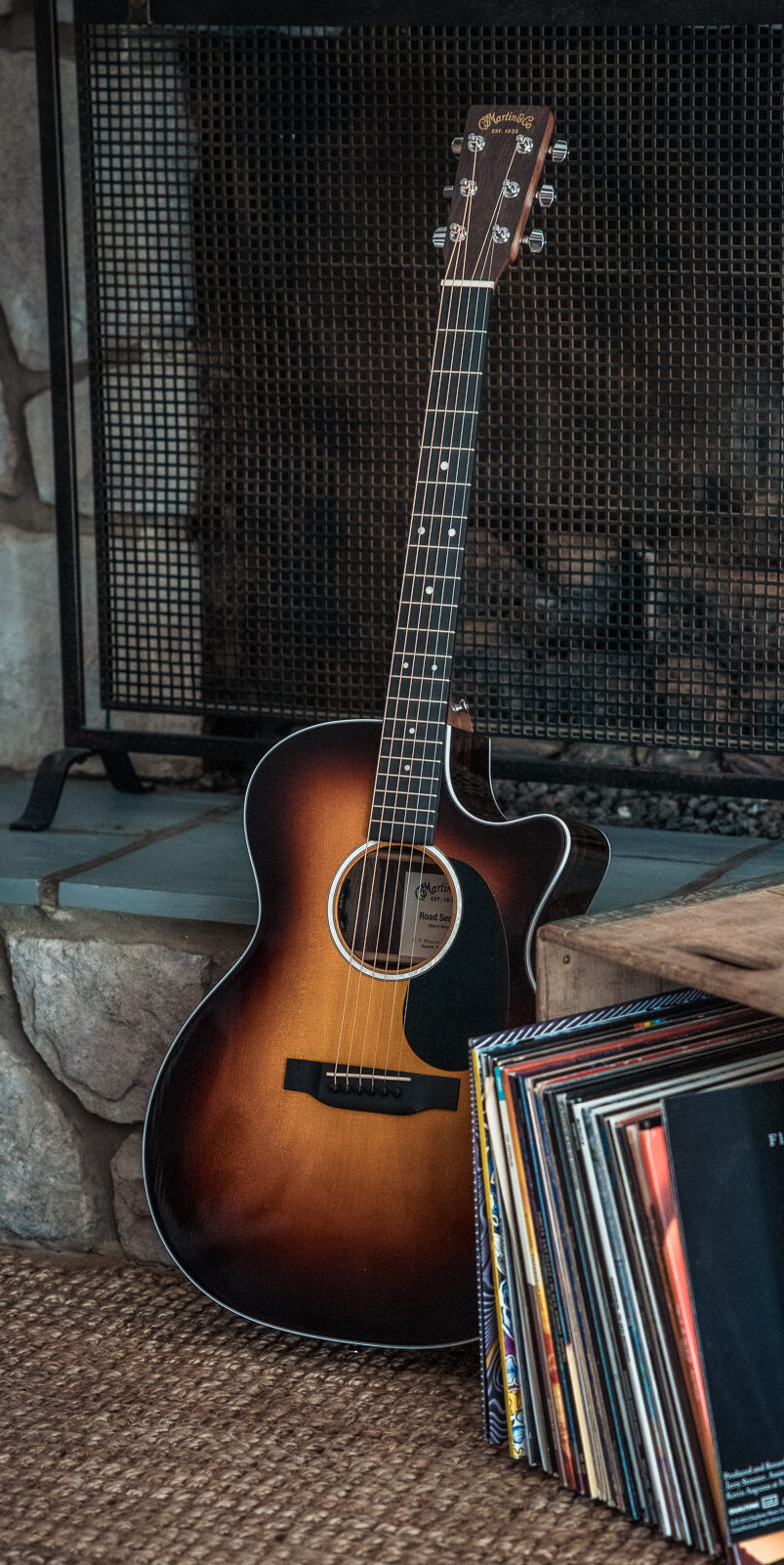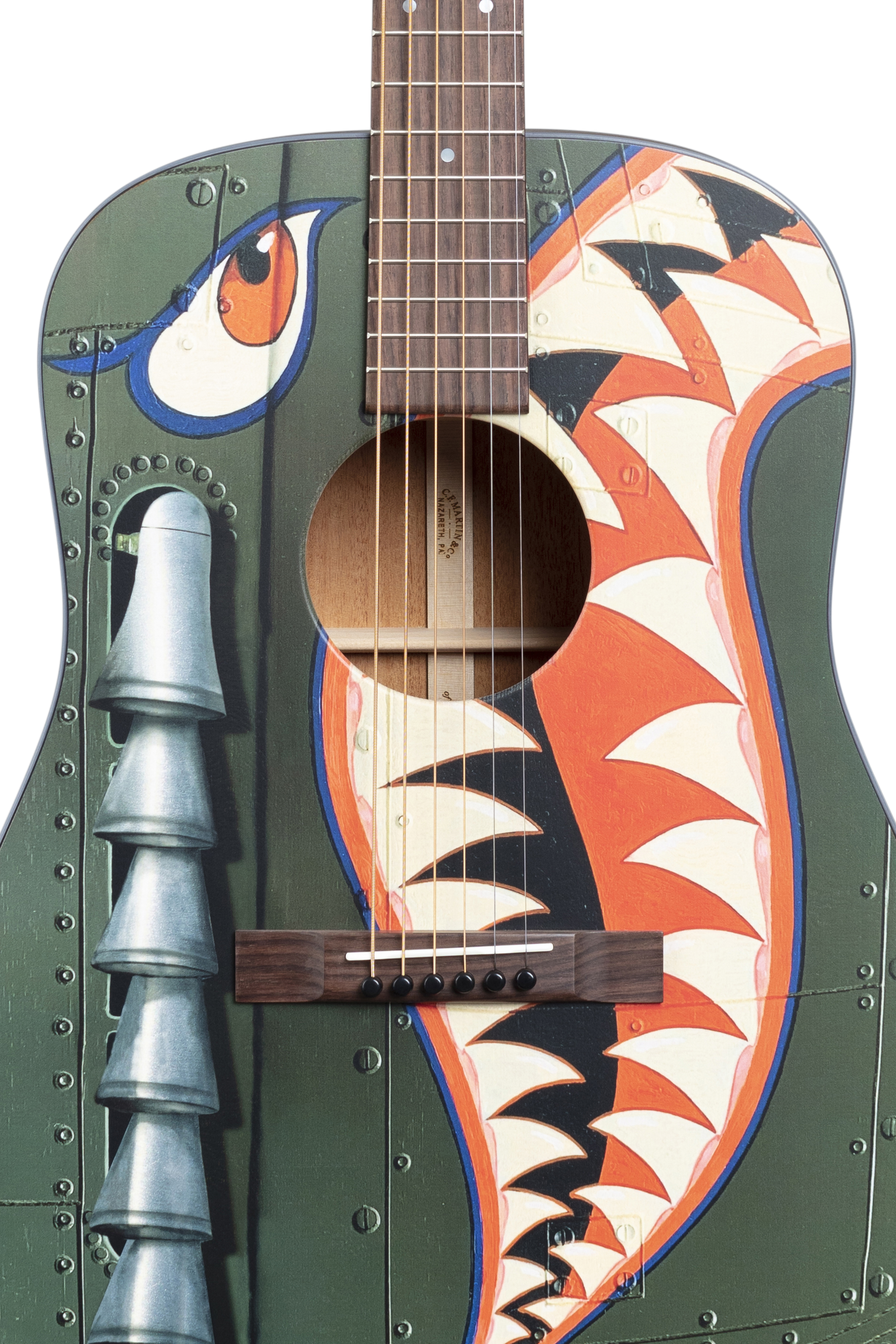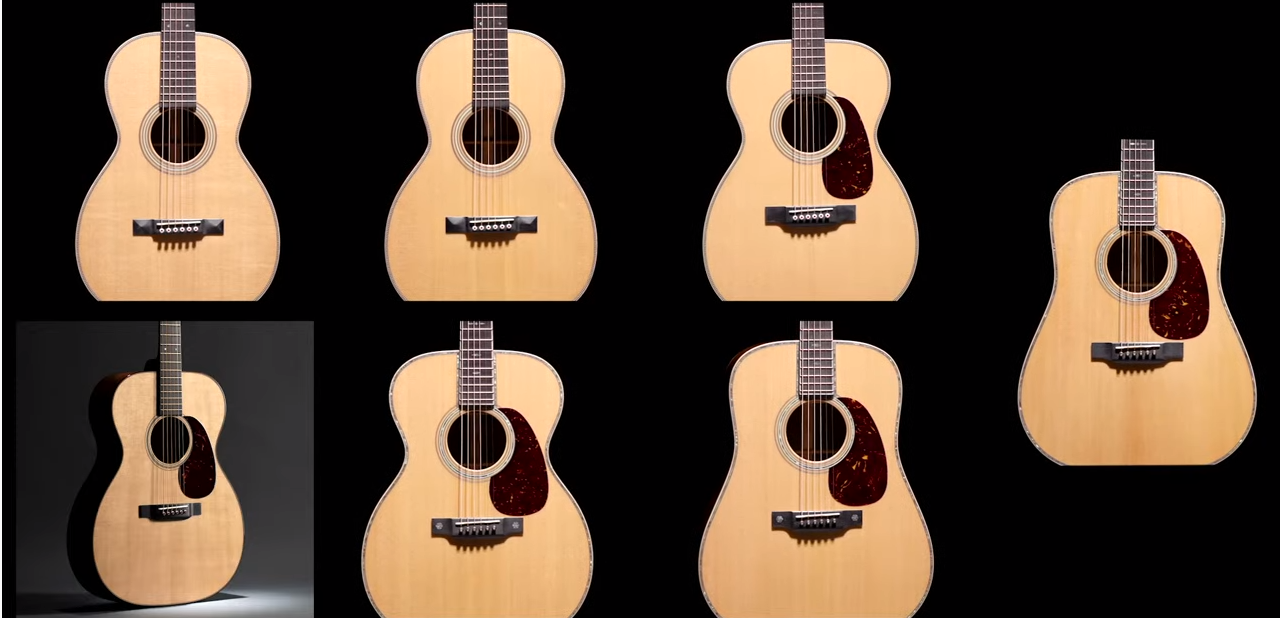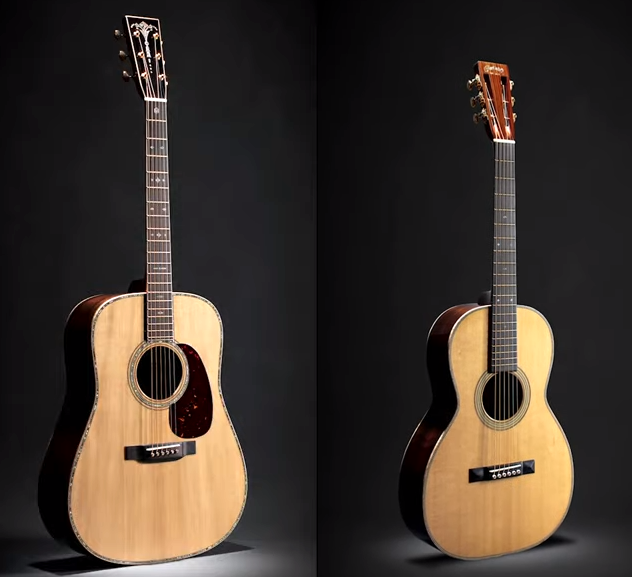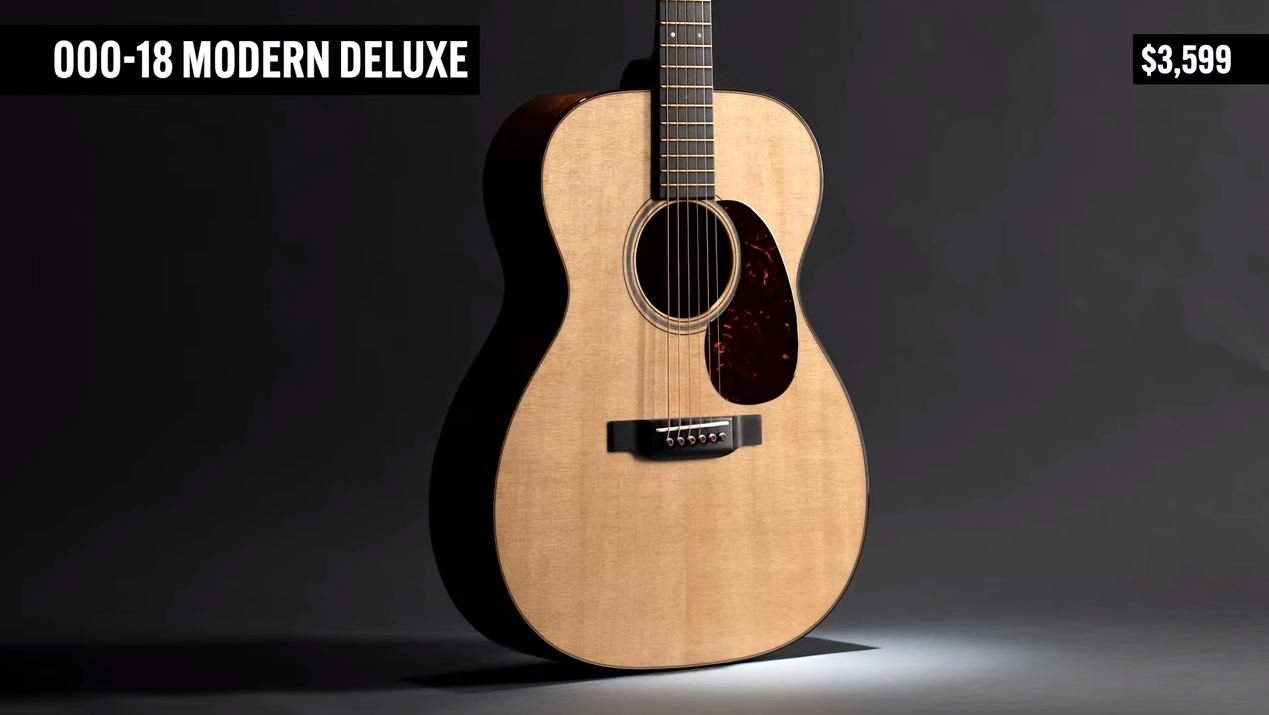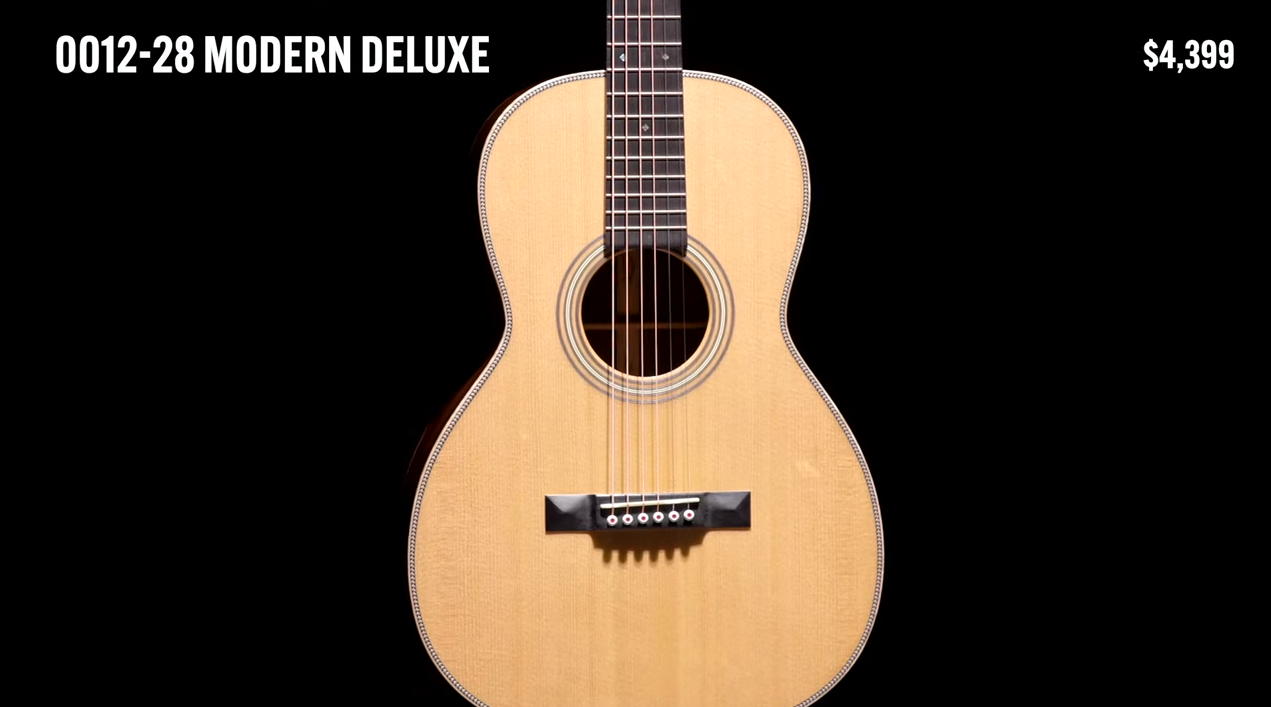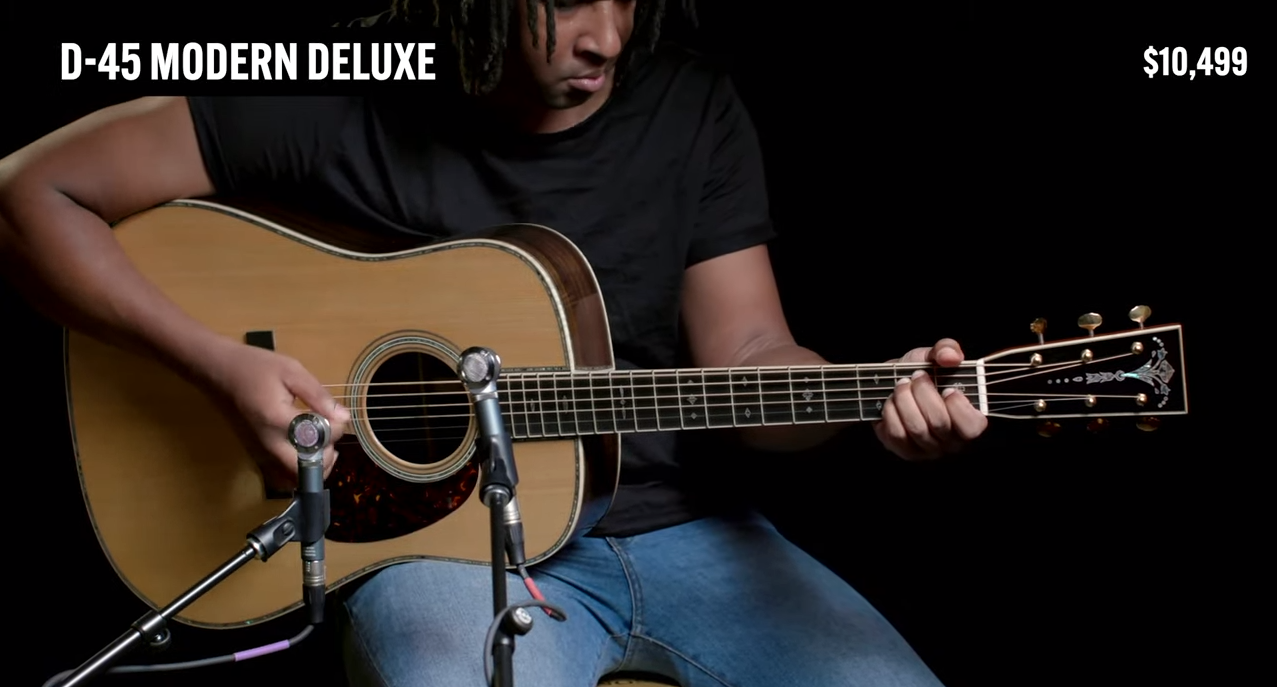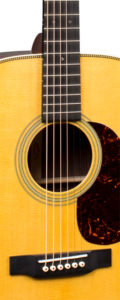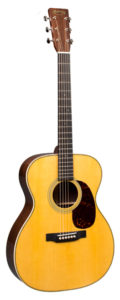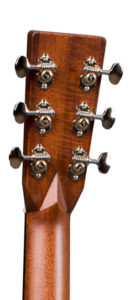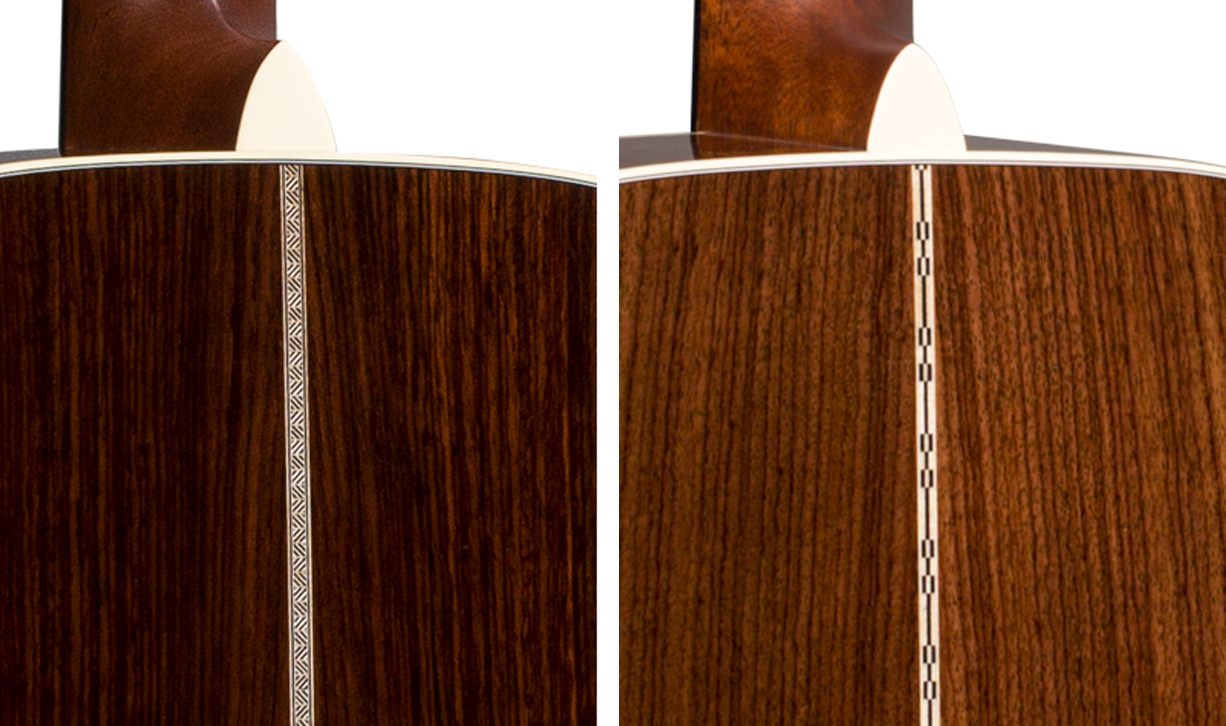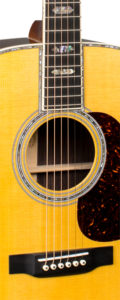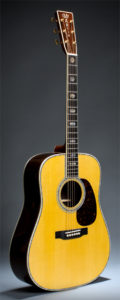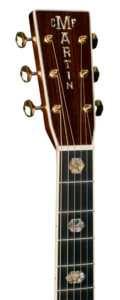Martin Guitar Mother Lode of Models for NAMM 2024
C.F. Martin & Co. to Debut New Models at 2024 NAMM Show |
Nine new acoustic guitar and ukulele models add variety to the company’s iconic lineup of instrumentsExlusive written and video reviews will appear on One Man’s Guitar starting later this week!!! – ed. |
|
NAZARETH, PA, (NAMM, HALL D, Booth 5602), January 22, 2024… C. F. Martin & Co. is thrilled to announce its highly anticipated lineup of new instruments set to debut at this month’s 2024 NAMM Show – along with the recently unveiled GPCE Inception Maple and remastered X Series guitars. With a legacy spanning nearly two centuries, Martin Guitar continues to push the boundaries of innovation in the world of acoustic instruments. This year promises to be no exception, as the company introduces a wide range of exciting new models to its iconic lineup. These new models include ornate limited-edition anniversary guitars, the addition of traditional appointments to the popular SC lineup, a gloss tenor ukulele, and much more. But first the two models One Man’s Guitar is most-excited to finally get to mention in public. The long-anticipated SC-18E and SC-28E, 13-fret acoustic-electric hybrid instruments made of solid tonewoods in a asymmetrical body and with heelless, ergonomically-advanced asymmetrical neck shape! – ed. SC-18E Modern playability and classic looks – the all-new SC-18E pairs technology with timeless style and tone, combining SC innovation and Standard Series appointments. Its patented features include a Sure Align® neck system that helps you play all the way up the neck, while the low-profile velocity satin neck barrel fits comfortably in your hand, and an internal soundboard recurve for added bass response. The SC-18E features a spruce top with mahogany back and sides, giving you plenty of volume, bright treble, and punchy midrange for that classic Martin sound. It also features an ebony fingerboard and bridge, nickel open gear tuners, LR Baggs Anthem electronics, and is strung with LUXE BY MARTIN® Kovar™ strings. The SC-18E comes with a molded hardshell case. |
|
SC-28E Modern playability and classic looks – the all-new SC-28E pairs technology with timeless style and tone, combining SC innovation and Standard Series appointments. Its patented features include a Sure Align® neck system that helps you play all the way up the neck, while the low-profile velocity satin neck barrel fits comfortably in your hand, and an internal soundboard recurve for added bass response. The SC-28E features a spruce top with resonant East Indian rosewood back and sides, giving you deep bass and rich overtones for that classic Martin sound. It also features an ebony fingerboard and bridge, antique white binding, nickel open gear tuners, LR Baggs Anthem electronics, and is strung with LUXE BY MARTIN® Kovar™ strings. The SC-28E comes with a molded hardshell case. |
|
CUSTOM K-1 MAJOR KEALAKAI Hawaiian musician Major Kealakai, and his custom Martin guitar, helped shape the course of music history. Kealakai was a guitarist and conductor of the Royal Hawaiian Band, and in 1916, Martin made him a unique custom guitar that was wider, deeper, and longer than a 000 to provide more volume and help fill concert halls. That one-off guitar was the precursor to the iconic Dreadnought. Now, Martin is honoring that historic milestone with a new take on his custom 12-fret guitar with a refreshed bridge design to better complement the traditional specifications, as if the company continued to produce it well past 1916. The Custom K-1 Major Kealakai features vintage gloss sinker mahagony back and sides, an Adirondack spruce VINTAGE TONE SYSTEM® (VTS) top, hide glue construction, authentic 1931 X bracing, and a modern, embellished ebony pyramid belly bridge. It blends tradition and innovation, paying tribute to the rich heritage of Martin. click on photos to for hi-res galleries More hi-def galleries coming soon! – ed |
 |
|
D-42 BITCOIN Crafted by the skilled artisans at Martin, the D-42 Bitcoin is built of premium Guatemalan rosewood back and sides and a heavy bearclaw Engelmann spruce top, producing a resonant and complex tone with plenty of volume. This one-of-a-kind guitar features a one-ounce solid gold token coin embedded in the headstock and crypto-themed inlays down the fingerboard. Among the standout features of this guitar is the unique pearl QR code inlaid on the pickguard. Scanning the code will unlock access to a private Martin webpage featuring exclusive content and photos of the guitar’s journey through the Nazareth factory – making this a truly one-of-a-kind collector’s item. |
 |
|
D-50 CFM IV 50TH ANNIVERSARY Introducing the D-50 CFM IV 50th Anniversary – a timeless tribute to half a century of dedication. For the past 50 years, Chris Martin IV has been the driving force behind Martin Guitar, carrying forward the legacy of excellence and innovation established by generations before him. To honor this milestone, his namesake company proudly presents a limited-edition guitar that embodies his unwavering commitment to crafting the finest acoustic guitars in the world. The D-50 CFM IV 50th Anniversary features Guatemalan rosewood back and sides, a stunning heavy bearclaw spruce top, European flamed maple binding, and intricate abalone and mother of pearl inlay throughout. Each of these beautiful anniversary instruments also proudly displays a signed, numbered label commemorating Chris’ 50 years of service. This guitar is a true collector’s item, with only 50 available worldwide. |
 |
|
D-CFM IV 50TH ANNIVERSARY Introducing the D-CFM IV 50th Anniversary – a timeless tribute to half a century of dedication, and a special acknowledgement of the company’s 35th year of quality craftsmanship by its talented family of coworkers in Navojoa, Sonora, Mexico. To celebrate, each of these beautiful anniversary instruments proudly displays a signed, numbered label commemorating both Chris Martin IV’s 50 years of service, and the rich lineup of innovations originating in Navojoa. It’s a testament to the artistry and skill that have defined Chris’ tenure. Crafted at Martin’s factory in Navojoa, the guitar features a gloss finish, pommele sapele back and sides, a bearclaw spruce top, and classic “Tree of Life” inlays on the fingerboard and headplate with a matching rosette presented in beautiful Paua pearl. It’s an instrument that promises to inspire and captivate musicians for generations to come, as Martin continues its quest to make quality and innovation as approachable as possible. This guitar is a true collector’s item, with only 50 available worldwide. |
 |
|
ID-ROBERT GOETZL 7 A one-of-a-kind guitar that sounds and plays like a Martin guitar but looks like something all its own. Martin has once again partnered with renowned artist Robert F. Goetzl for this nature-inspired work of playable art, featuring an eye-catching image that makes the serenity of a koi pond come to life on his canvas of wood and wire – and it isn’t short on tone. This full gloss guitar’s hand-painted spruce top and East Indian rosewood back and sides provide deep bass, rich overtones, and plenty of volume, while the high-performance neck taper allows for ultimate playability. “It’s a fun image where I could create something colorful and with movement,” Robert says. “Not only is it a valuable piece of art, but it’s a valuable instrument, so don’t just hang it up and look at it – play it!” |
 |
|
OM 20TH CENTURY LIMITED All aboard! Martin and Pennsylvania-based watchmaker RGM have teamed up once again to create something truly unique – the OM 20th Century Limited. Celebrating technology and innovation, this limited-edition handcrafted work of art pays tribute to the Art Deco-inspired passenger train of the same name that revolutionized travel in the mid-1930s – around the time that would become known as Martin’s “Golden Era,” when the company’s instruments began to revolutionize music. This guitar is full of intricate design elements, including custom streamliner-inspired inlay throughout, European flamed maple binding, gold open back tuning machines, and an inlaid ebony pickguard. The OM 20th Century Limited also features hide glue construction, a spruce VINTAGE TONE SYSTEM® (VTS) top and Guatemalan rosewood back and sides for superior tone. The guitar even comes with a custom, handcrafted railroad-inspired watch from acclaimed watchmaker RGM. Only 20 of these elegant OM 20th Century Limited guitars will be built. |
 |
|
TKE UKE Martin’s first tenor ukuleles rolled off the production line in 1929 and have been a favorite of countless players since. The TKE Uke is Martin’s latest addition to its tenor-sized lineup, featuring a gloss body and satin neck, and top, back, and sides crafted of solid koa – a wood native to Hawaii and a favorite of island players. It also features an East Indian rosewood bridge and fingerboard, select hardwood neck, applied dovetail neck joint, and nickel open gear tuners. Its size already provides plenty of volume and projection, but the ukulele’s electronics allow you to plug in and play at any volume. Developed in collaboration with electronics-maker Mi-Si, they provide 16 hours of play on a 60-second charge. The TKE Uke is also available for lefties and comes with a softshell case. |
 |


